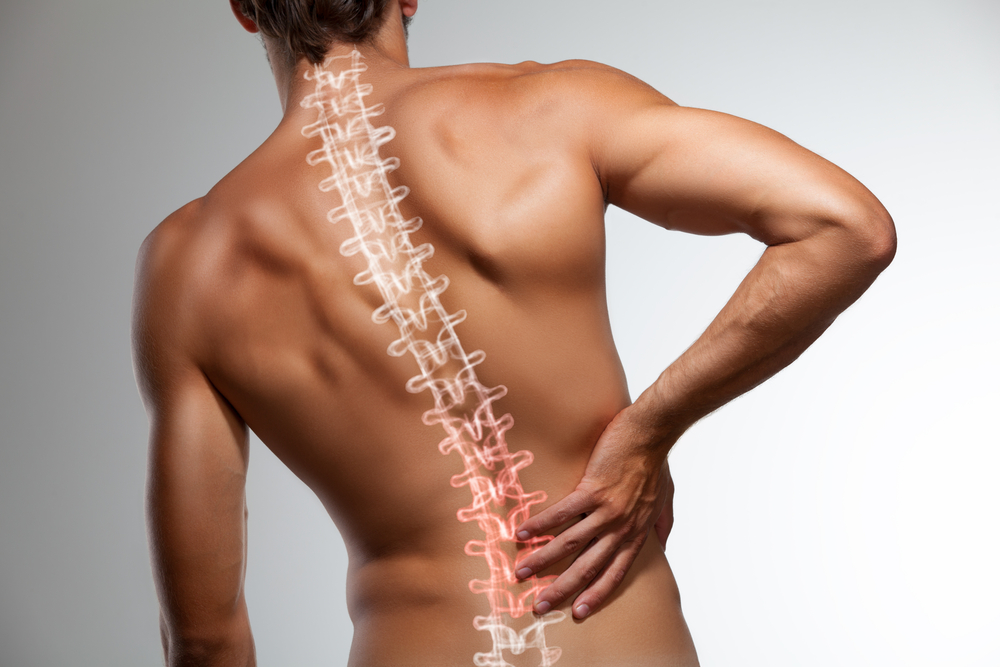
Spinal decompression therapy involves the careful stretching of your spine using mechanical devices, machines, and stretches. It is a nonsurgical way of relieving disc-related pressure and stimulating blood flow along your spine. This accelerates healing and promotes health.
Candidates for Spinal Decompression
The main aim of the therapy is to provide immediate pain relief, setting up an optimal environment for healing spinal disc conditions. It is non-invasive and far more effective than any other treatment.
Many have found relief from it that they could not get from general medical methods. As you go through the therapy, you will need commitment, consistency, and trust. Experienced chiropractors will help you get the best out of the therapy. So, who are the best candidates for spinal decompression?
Chronic Neck or Lower Back Pain
The neck or cervical spine supports the head, which weighs 12 pounds on average. The cervical spine can move your head in nearly any direction. A combination of weight and movement makes the cervical spine susceptible to pain and injury.
The back is a combination of bones, joints, and muscles that can seem complicated, so there are many causes of back pain. It can result from ruptured discs, the strain of muscles, or ligaments. Spinal decompression helps relieve pain from strain or injury. It also improves the mobility of the spine and adjoining muscles and restores range of motion.
Sciatica Pain
Sciatica pain results from several conditions related to the spine and affects the nerves running along the back. Herniated disks and spinal stenosis can cause sciatica. Spinal decompression helps alleviate nerve pain and restore spinal mobility.
Spinal Stenosis
It is the narrowing of the canal in your spinal column and has no cure. However, the common treatment is an over-the-counter and prescription medication. When you couple this with spinal decompression, it improves flexibility and balance. It also helps strengthen your body and spine to give you more endurance.
Although surgery may be an option, research has found chiropractic care to work just as well. The traction pulls bones apart and makes room for the nerves. It relieves pain and improves movement.
Degenerative Disc Disease
Degenerative changes in discs can cause spinal stenosis. This happens when the outer layer of cartilage on the spinal disc compresses the central canal. It causes narrowing and can also result in tears that lead to bulging or disc herniation. It is difficult for discs to heal, but spinal decompression will help realign them and bring relief.
Herniated or Bulging Discs
Herniated discs protrude further than bulging discs, causing more pain. Using cervical or lumbar machines, the doctor opens up the joints to relieve pressure. It also allows the disc to absorb back to where it needs to be.
If you are pregnant, have broken vertebrae, or had spinal fusion, avoid spinal decompression. Before embarking on any spinal decompression treatment, seek advice from a doctor first.
To learn if you are a candidate for spinal decompression, call ReAlignMed at (773-665-4400 today to schedule an appointment.




